Premium Only Content
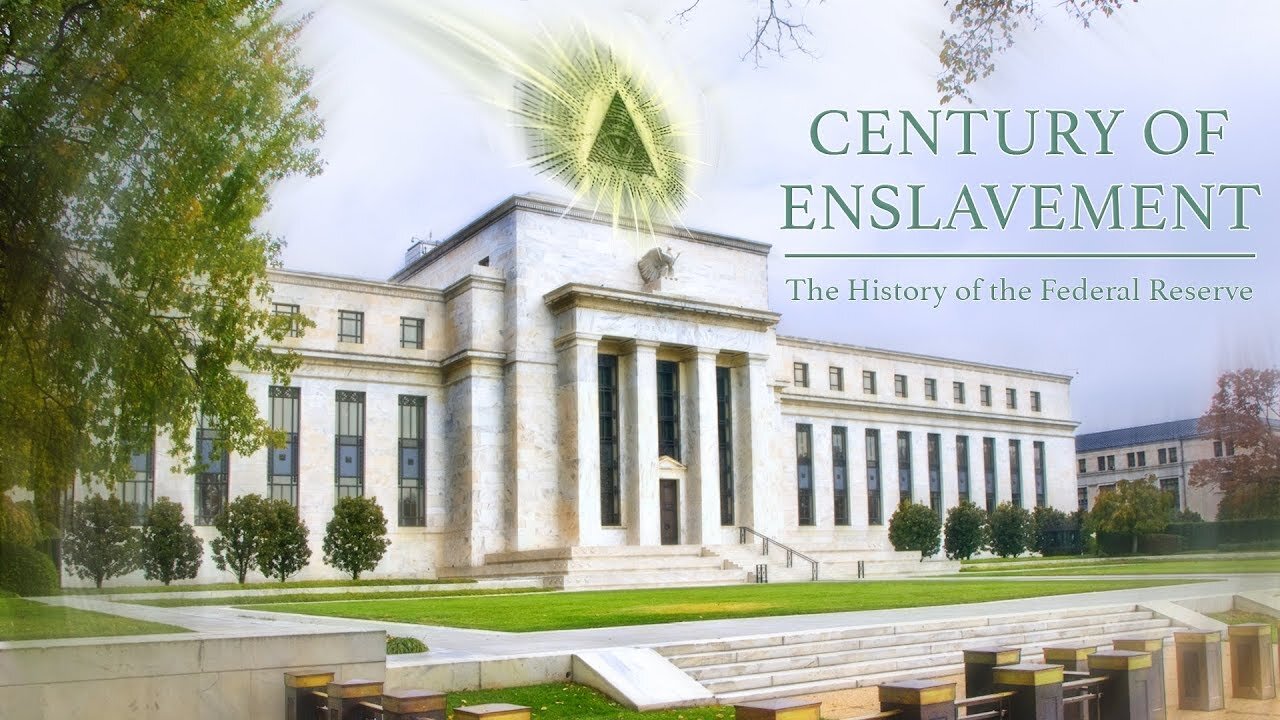
Century of Enslavement - The History of The Federal Reserve
Century of Enslavement - The History of The Federal Reserve
Created by James Corbett
What is the Federal Reserve system? How did it come into existence? Is it part of the federal government? How does it create money? Why is the public kept in the dark about these important matters? In this feature-length documentary film, The Corbett Report explores these important question and pulls back the curtain on America's central bank.
The Federal Reserve System (also known as the Federal Reserve, and informally as the Fed) is the central banking system of the United States. It was created on December 23, 1913, with the enactment of the Federal Reserve Act, largely in response to a series of financial panics, particularly a severe panic in 1907.[2][3][4][5][6][7] Over time, the roles and responsibilities of the Federal Reserve System have expanded, and its structure has evolved.[3][8] Events such as the Great Depression in the 1930s were major factors leading to changes in the system.[9]
The U.S. Congress established three key objectives for monetary policy in the Federal Reserve Act: Maximum employment, stable prices, and moderate long-term interest rates.[10] The first two objectives are sometimes referred to as the Federal Reserve's dual mandate.[11] Its duties have expanded over the years, and today, according to official Federal Reserve documentation, include conducting the nation's monetary policy, supervising and regulating banking institutions, maintaining the stability of the financial system and providing financial services to depository institutions, the U.S. government, and foreign official institutions.[12] The Fed also conducts research into the economy and releases numerous publications, such as the Beige Book.
The Federal Reserve System's structure is composed of the presidentially appointed Board of Governors (or Federal Reserve Board), the Federal Open Market Committee (FOMC), twelve regional Federal Reserve Banks located in major cities throughout the nation, numerous privately owned U.S. member banks and various advisory councils.[13][14][15] The FOMC is the committee responsible for setting monetary policy and consists of all seven members of the Board of Governors and the twelve regional bank presidents, though only five bank presidents vote at any given time (the president of the New York Fed and four others who rotate through one-year terms). The Federal Reserve System has both private and public components, and was designed to serve the interests of both the general public and private bankers. The result is a structure that is considered unique among central banks. It is also unusual in that an entity outside of the central bank, namely the United States Department of the Treasury, creates the currency used.[16] According to the Board of Governors, the Federal Reserve System "is considered an independent central bank because its monetary policy decisions do not have to be approved by the President or anyone else in the executive or legislative branches of government, it does not receive funding appropriated by the Congress, and the terms of the members of the Board of Governors span multiple presidential and congressional terms."[17]
The authority of the Federal Reserve System is derived from statutes enacted by the U.S. Congress and the System is subject to congressional oversight. The members of the Board of Governors, including its chair and vice-chair, are chosen by the President and confirmed by the Senate. The federal government sets the salaries of the Board's seven governors. Nationally chartered commercial banks are required to hold stock in the Federal Reserve Bank of their region; this entitles them to elect some of the members of the board of the regional Federal Reserve Bank. Thus the Federal Reserve system has both public and private aspects.[18][19][20][21] The U.S. Government receives all of the system's annual profits, after a statutory dividend of 6% on member banks' capital investment is paid, and an account surplus is maintained. In 2010, the Federal Reserve made a profit of $82 billion and transferred $79 billion to the U.S. Treasure
-
 2:40:31
2:40:31
Fresh and Fit
11 hours agoAre You Smarter Than A 5th Grader? After Hours
185K75 -
 4:07:42
4:07:42
Alex Zedra
17 hours agoLIVE! Scary Games with the Girls
164K6 -
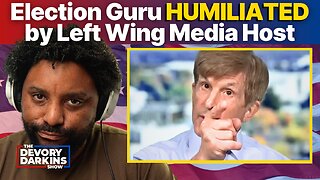 22:35
22:35
DeVory Darkins
14 hours ago $27.93 earned"Don't Call Me Stupid!" Election Guru HUMILIATED by Left Wing Host
73.6K76 -
 1:41:14
1:41:14
Megyn Kelly
15 hours agoMace's Quest to Protect Women's Spaces, and RFK vs. Media and Swamp, w/ Casey Means and Vinay Prasad
83.4K116 -
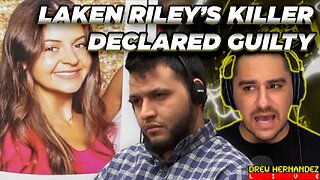 5:08:25
5:08:25
Drew Hernandez
12 hours agoLAKEN RILEY'S KILLER CONVICTED & GIVEN LIFE IN PRISON
65.6K83 -
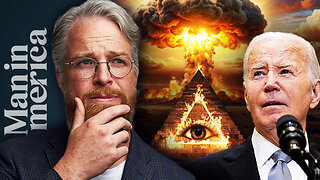 59:31
59:31
Man in America
17 hours agoEven WW3 Can't Stop What's Coming—the Cabal is COLLAPSING w/ Todd Callender
126K84 -
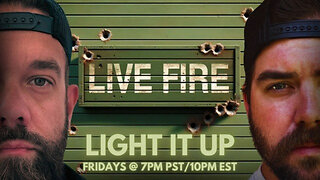 3:51:28
3:51:28
I_Came_With_Fire_Podcast
17 hours agoSPECIAL LIVE FIRE w/ Bearded Viking Mead Co
93.3K9 -
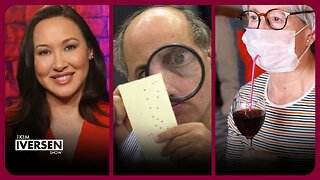 1:28:52
1:28:52
Kim Iversen
15 hours agoUnmasking the Truth: Most Censored Historian On Past Election Meddling, COVID, and Trump
88.7K95 -
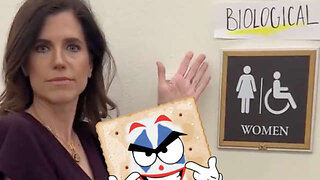 2:10:00
2:10:00
TheSaltyCracker
13 hours agoNow Lefties Lose Bathroom War ReeEEeE Stream 11-20-24
163K472 -
 1:03:31
1:03:31
Fresh and Fit
15 hours agoWhy Men Need Options To Avoid Falling For This!
127K19